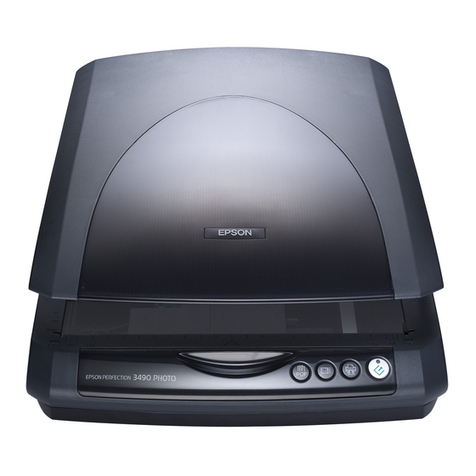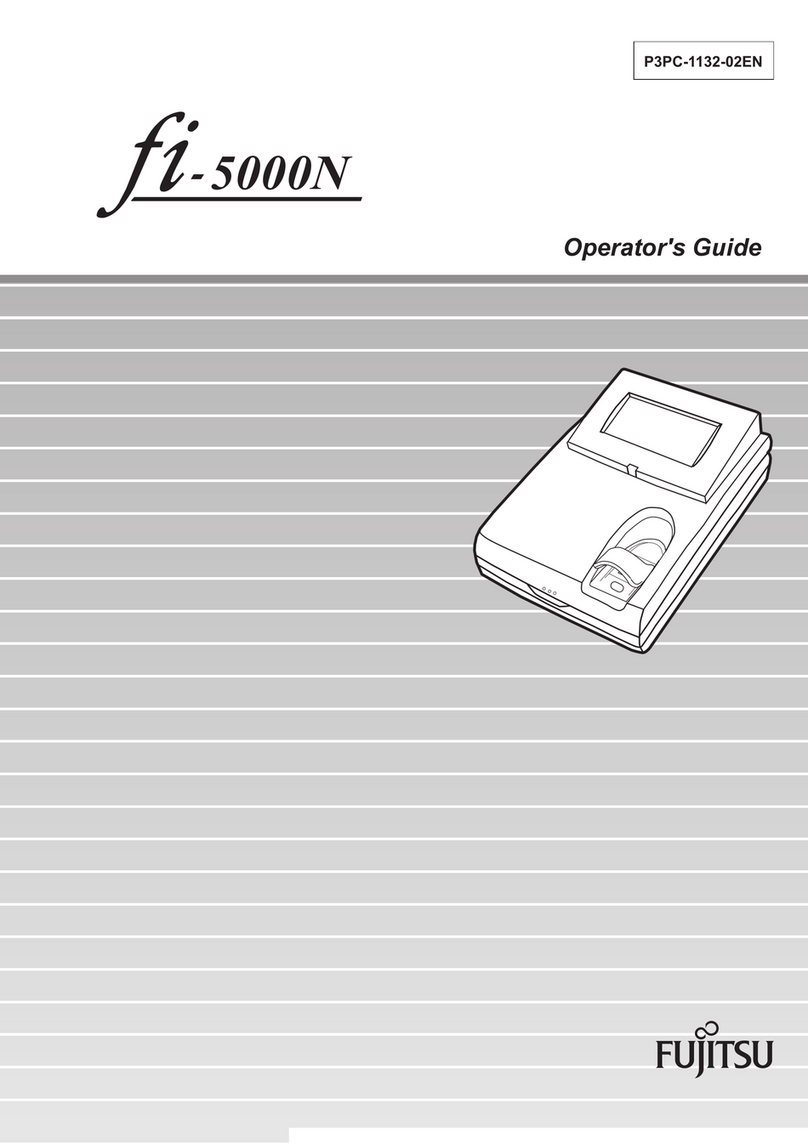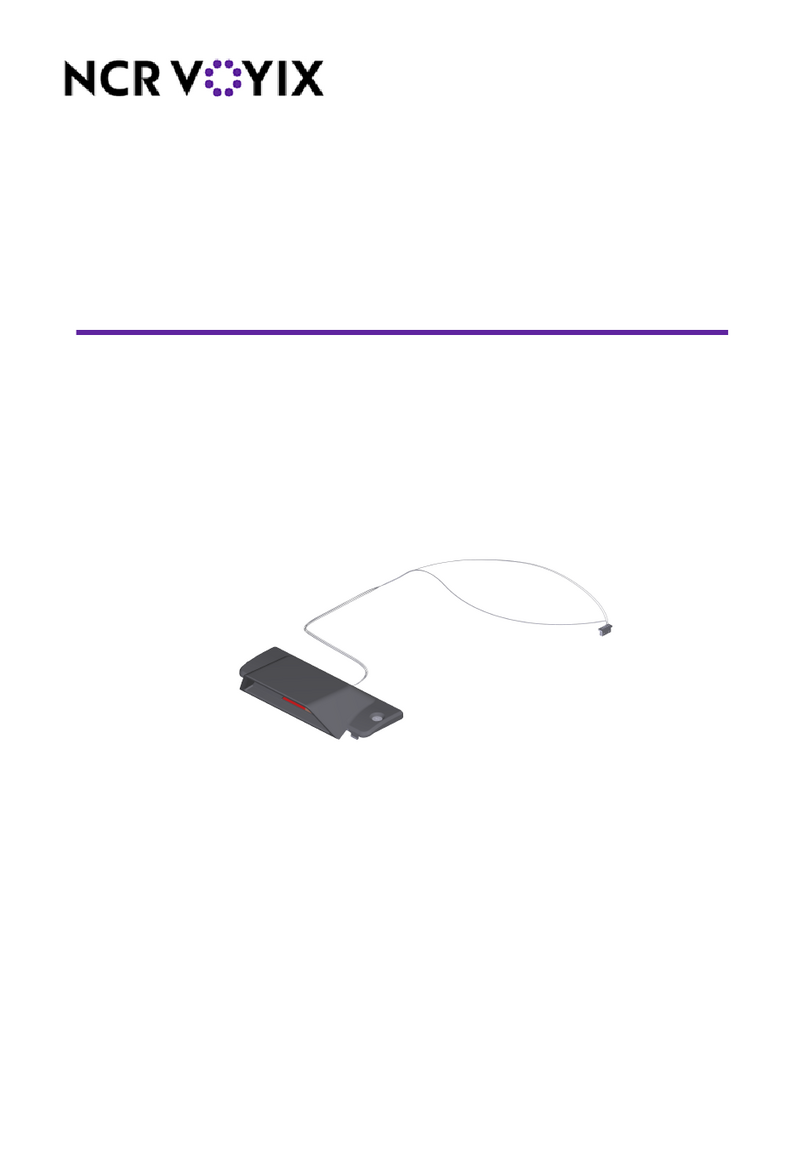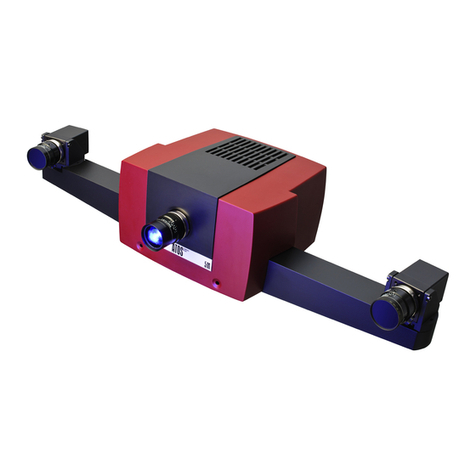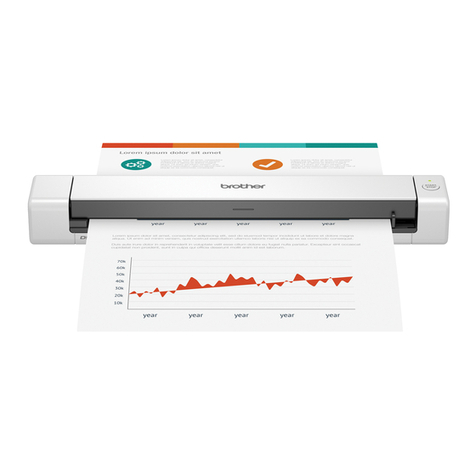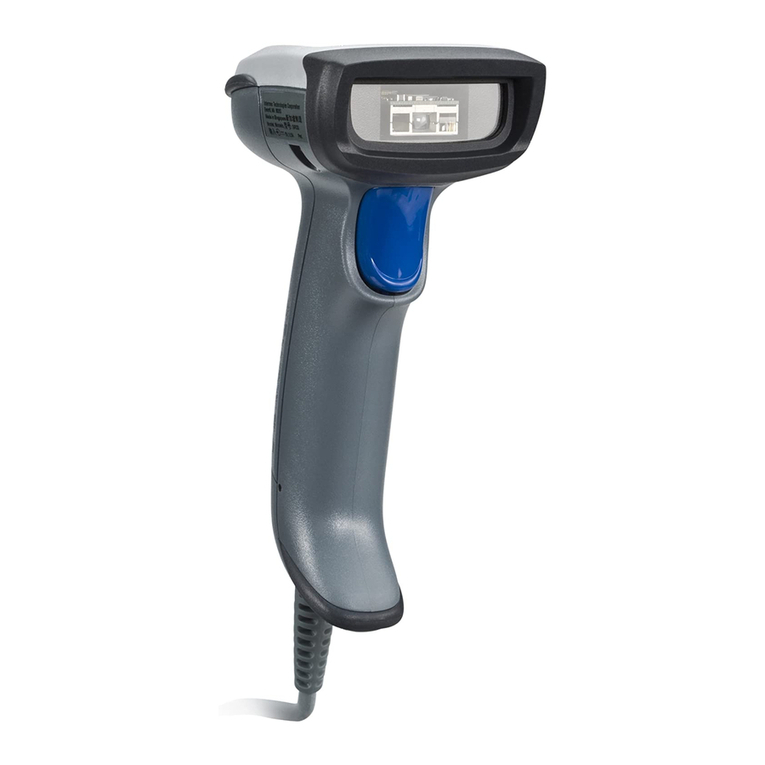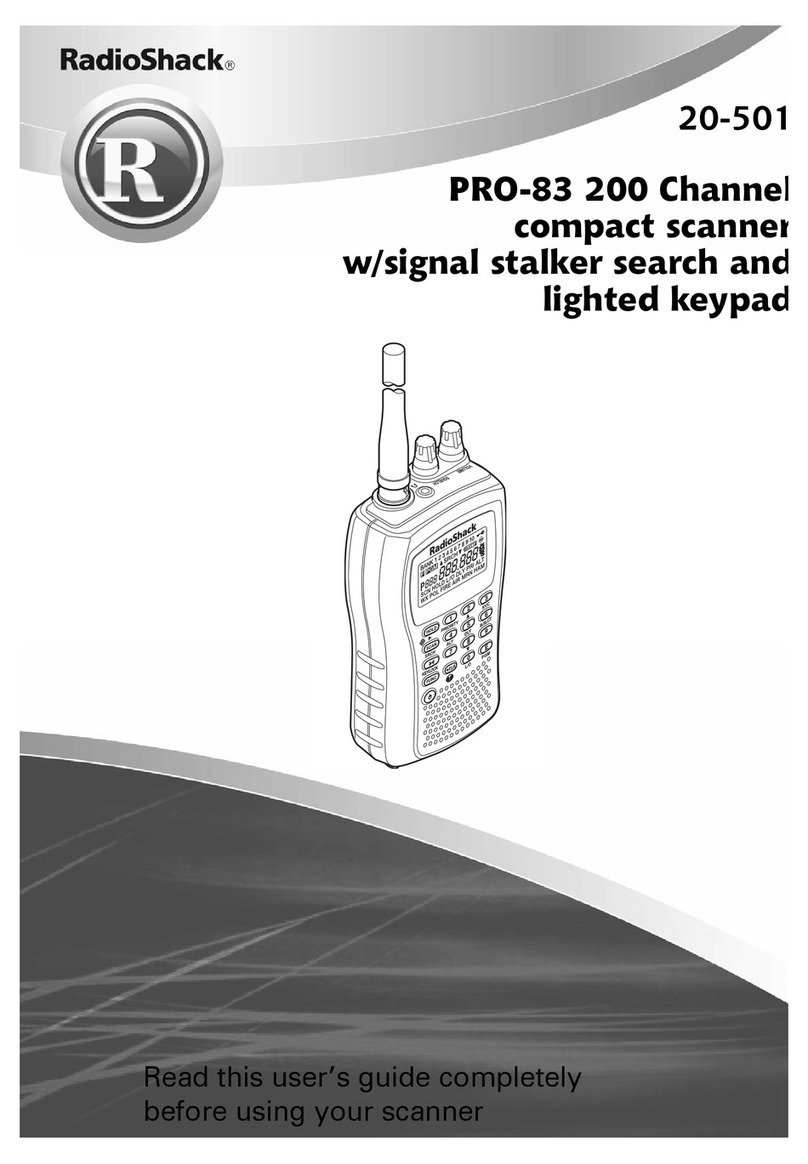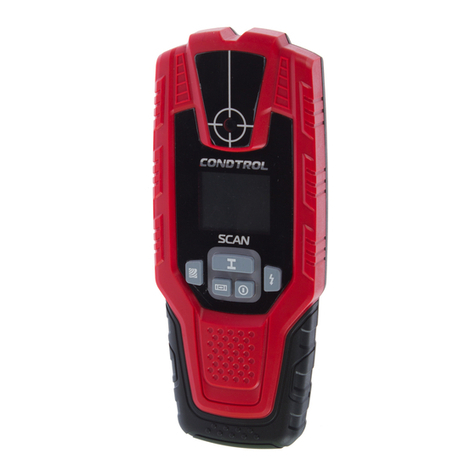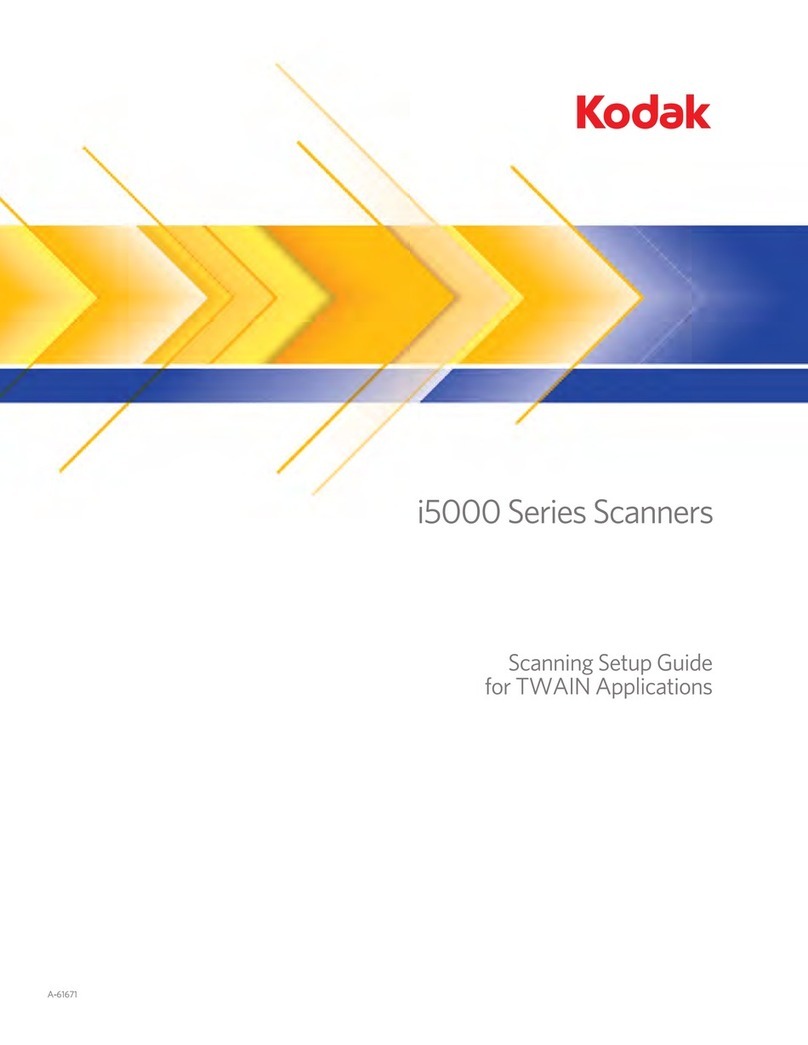Newton NM200UW User manual

NM200UW
Nuclear Underwater Laser Scanner
User Manual
Version 2.1
January 30, 2014

NM200UW Nuclear Underwater Laser Scanner User Manual
Newton Labs | 441 SW 41st Street, Renton, WA 98057, USA | 425-251-9600 | www.newtonlabs.com 2
(THIS PAGE IS BLANK)

NM200UW Nuclear Underwater Laser Scanner User Manual
Newton Labs | 441 SW 41st Street, Renton, WA 98057, USA | 425-251-9600 | www.newtonlabs.com 3
CONTENTS
1. INTRODUCTION 6
2. HARDWARE 7
2.1. Components 7
Control Box 7
Cable 7
Scanner Head 8
Pan-Tilt Module (Optional) 8
D-Adapter (Deployment Hardware) 9
2.2. System Assembly/Setup 9
2.3. System Power Up 11
2.4. System Shut-down 11
2.5. System Disassembly/Breakdown 12
2.6. Scanner Hardware Maintenance and Turn-Around Procedures 13
Scanner System Turn-Around Procedures 13
3. SOFTWARE 15
3.1. Scanner Application 15
Language Selection 17
The NM200UW user interface has two language options: English and French. The scanner user
interface will load in English by default when first started. To choose a language, the “Languages”
dropdown menu in the taskbar located in the upper left corner of the scanner user interface may be
used. 17
Current View 17
Configuration Tabs 17
Information Bar 34
Status Panel 34
Settings Confirmation Box 35
3.2. Starting and Exiting the Scanner Software 36
Launching the Scanner Software Using Desktop Icons in Ubuntu 36
Scanner Software Startup Diagnostic Sequence 37
Closing the Scanner Software 37
Terminal Window 38
3.3 System Output 38
3.4 Scan Files to Copy 40
3.5. Post-Processing 41

NM200UW Nuclear Underwater Laser Scanner User Manual
Newton Labs | 441 SW 41st Street, Renton, WA 98057, USA | 425-251-9600 | www.newtonlabs.com 4
4. DEPLOYMENT 42
4.1. Pre-Deployment Data Gathering and Scan Program Generation 42
4.2. Scanner Field of View and Scan Distance 42
4.3. Equipment Checkout and Preparation 44
Functional Test 44
FME Fastener Challenge Procedure 45
Optional Step –On-Site Qualification 46
4.4. Scanning Procedure Overview 47
4.5. Detailed Operation 49
Loading the Application 49
Scan Workflow 49
Figure 34: Scan workflow steps 50
Performing a Scan 50
Repeating Scans 66
4.6. Post Deployment 66
Removal from Underwater Environment and Decontamination 66
Data Copying and Removal 66
Equipment Storage 67
Data Analysis 68
5. ADVANCED OPERATION 69
5.1. Multi-Exposure Mode 69
5.2. HDR Mode 70
6. TROUBLESHOOTING 71
6.1 Settings File Load Failure 71
6.2 Licensing Failure 71
6.3 Microcontroller Failure 72
6.4 Camera Connection Failure 72
6.5. Temperature Alarm 73
6.6. Failure to Home/ Laser Mechanical Failure 73
6.7. Scanner Software Crash 74
6.8 Troubleshooting Flow Chart 74
Startup Troubleshooting 74
APPENDIX A –NEWTON NM200UW CAMERA HEAD 76

NM200UW Nuclear Underwater Laser Scanner User Manual
Newton Labs | 441 SW 41st Street, Renton, WA 98057, USA | 425-251-9600 | www.newtonlabs.com 6
1. INTRODUCTION
The Newton Labs NM200UW Nuclear Underwater Laser Scanner uses proprietary computer
vision algorithms to determine the location in 3D space of objects in the field of view of the
imaging head. This is accomplished by sweeping a laser line across the scan region of interest
and measuring deviations in laser line straightness caused by variations in the depth of the
surface being scanned. The resulting position information is interpreted by the scanner
software and output as a collection of points in 3D space, a “point cloud” from which
surfaces and solid models may be generated using post-processing tools. These models may
then be measured to determine accuracy of drawings and for qualification of as-built
systems, structures and components.
The NM200UW represents a significant step forward in qualification of components and
systems compared to legacy inspection methods. Accuracy and consistency of measurements
are increased, and dose rates to personnel are reduced, in keeping with the commitment of
Newton Labs to ALARA enhancement tools.
In this manual, the hardware and software components of the NM200UW system will be
described in detail. Additionally, the necessary steps and actions required to deploy the
NM200UW during an outage will be covered, along with a troubleshooting guide to address
the handling of non-standard situations.
An electronic copy of this manual also resides in a folder on the Desktop of the Control Box.

NM200UW Nuclear Underwater Laser Scanner User Manual
Newton Labs | 441 SW 41st Street, Renton, WA 98057, USA | 425-251-9600 | www.newtonlabs.com 7
2. HARDWARE
The NM200UW hardware consists of a camera head, a cable, and a ruggedized control box. A
substantial amount of research and development has gone into the technologies contained
within the hardware, with each of the three major components (described below) having
been purpose-built for the nuclear environment.
2.1. Components
Note that the NM200UW hardware has been designed to tolerate radiation exposure and
handle the rigors of deployment during reactor outages. However, the hardware
components are still precision instruments and should be handled with care.
Control Box
The control box is the “brain” of the NM200UW system. A shock-mounted, hard-sided case
containing a rack mounted PC and a camera control unit (see Figure 2). During transit and
storage, the control box also houses the monitor and keyboard/trackball.
Figure 1: Control box serialization Figure 2: Cable serialization
Cable
The standard length 150 foot long cable is terminated with waterproof connectors. The
connectors may vary slightly in appearance due to individual customer requirements. The
scanner cable may be identified by a machined groove on the stainless steel strain relief
housing located on the submerged side of the cable. Cable serial numbers are engraved onto
the side of the steel strain relief sheath.
NOTE: For customers using both the NM-200UW laser scanner and the NM200E Core
Verification System, the cables are NOT interchangeable.

NM200UW Nuclear Underwater Laser Scanner User Manual
Newton Labs | 441 SW 41st Street, Renton, WA 98057, USA | 425-251-9600 | www.newtonlabs.com 8
Scanner Head
The waterproof camera head contains a high-resolution camera, a tuned laser and support
optics, mechanical structure for laser alignment and motion, and an LED lighting array. The
scanner head camera is filtered to admit only light at the wavelength of the LEDs, to avoid
ambient light interference in scanning. Included is a small hard-sided case for storage if the
system has been provided without an LSA container. See Appendix A for detailed information
about the scanner head. Scanner head serial numbers are engraved onto the side of the
enclosure or stamped into the connector at the base of the head.
Figure 3: Scanner serialization
Pan-Tilt Module (Optional)
The PT200UW Pan-Tilt is a waterproof module to allow the scanner head to be precisely
positioned around a target object or system quickly and easily to allow for multiple
overlapping scans. This module is installed between the cable and the camera head and
forms an integral part of the system. The Pan-Tilt module links to the upper surface of the
camera head via an integrated locking tab system, and features a mating connector for a
standard J-Hook pole on its upper face. It is operated remotely via a joystick located on the
front face of the Camera Control Unit. The Pan-Tilt Module is serialized on the body as well as
on the cable connector.
Figure 4: PT200UW Pan-Tilt

NM200UW Nuclear Underwater Laser Scanner User Manual
Newton Labs | 441 SW 41st Street, Renton, WA 98057, USA | 425-251-9600 | www.newtonlabs.com 9
D-Adapter (Deployment Hardware)
Mounting bracket designed to allow the camera to be positioned statically in various
positions in increments of 45 degrees. This is a non-powered, manual alternative to the Pan-
Tilt module for J-Hook pole deployment. D-Adapters are not serialized and are
interchangeable.
Figure 5: D-Adaptor mounted onto a NM200UW
2.2. System Assembly/Setup
Figure 6: The camera head and cable (left), and the Control Box (right). Note the Camera Control Unit
(top, labeled "Newton"), and the rack-mounted PC (bottom).
1. Remove the front and rear molded plastic covers from the control box, orienting the
front panel (labeled with “Newton”) towards the operator.
2. The monitor is housed in a protective sleeve between the Camera Control Unit and
the rack-mounted PC. Slide the monitor out and remove it from the sleeve.
3. Remove the hinged post with captive nuts and monitor back plate from the storage
compartment on the inside of the control box lid.
4. Fasten the knurled nut from the base of the hinged post’s long arm to the threaded
boss on the base plate.

NM200UW Nuclear Underwater Laser Scanner User Manual
Newton Labs | 441 SW 41st Street, Renton, WA 98057, USA | 425-251-9600 | www.newtonlabs.com 10
5. Lower the short arm of the hinged post by adjusting the handle fastener, and then
fasten it into place.
6. Attach the monitor back plate to the rear of the monitor via the four dowel pins.
Fasten the captive thumb screw to secure the monitor to the back plate.
7. Attach the monitor to the hinged post by mating the square boss to the back plate’s
square cutout. Fasten the second knurled nut to secure the monitor to the post.
8. To swivel the monitor, support the assembly while unfastening the lower knurled nut,
rotate the assembly to the desired position, and refasten the nut.
9. To adjust the monitor’s tilt angle, support the monitor by hand while loosening the
handle fastener, adjust the tilt angle, and finally refasten the handle.
10. Locate the HDMI and power cables from the rear of the control unit and plug into the
monitor.
11. The USB keyboard/trackball unit will be located in a pouch contained in the interior
of one of the control box lids. This pouch will be restrained with a bungee cord.
12. Plug the USB cable from the keyboard into a USB port on the front panel of the rack-
mounted PC.
CAUTION: Do not yet power-up the control box.
13. Next, determine which end of the cable plugs into the camera and which mates with
the control box. Each end is keyed, preventing incorrect connection.
WARNING: Do not connect the cable at this time.
Once the appropriate connectors have been identified, uncoil the cable to the
desired length and move into its approximate final position.
CAUTION: It is very important to prevent any cable twisting, as it may affect
the integrity of the cable during deployment.
Ensure that the camera control unit and PC are not powered on prior to connecting
the cable. At this point the cable may be connected to the camera. It is advisable to
connect the cable to the camera head first, and then to the camera control unit.
Each connector has a threaded collar surrounding the keyed mating surfaces.
NOTE: Tighten the threaded collar by hand only.
14. Connect the control box to suitable wall power. It supports both American
(120V/60Hz) and EU (220V/50Hz) AC power standards. Simply use the appropriate
standard PC power cable with the correct plugs to switch between them. The
maximum current draw of the combined system is 2.6A.
NOTE: The Newton NRL-R2000 Control Unit is incompatible with some brands
of ground fault circuit interrupter (GFCI) equipment. If the control box does
not power on, replace the GFCI equipment.
15. Plug the included USB memory stick into one of the two front USB ports on the
control box. This is important, as the USB memory stick provides both redundant

NM200UW Nuclear Underwater Laser Scanner User Manual
Newton Labs | 441 SW 41st Street, Renton, WA 98057, USA | 425-251-9600 | www.newtonlabs.com 11
data storage, and an easy method of transferring scanning results out of
containment. If the provided USB memory stick is missing, use a standard 4-16GB
replacement.
2.3. System Power Up
All electrical and data connections need to be completed before the system is powered on.
1. Start with the Camera Control Unit. Locate the “Head Power” switch (located on the
back panel) and flip to the “on” position.
2. Flip the “System Power” switch (located on the front panel) to on. At this point both
of the power switches should be illuminated.
3. Power on the PC by first opening the panel on its front right (you may have to turn
the locking switch first). The power switch is a momentary rocker switch, and thus
does not have an “on” label. However, the “on” position is denoted by the white dot
on the rocker switch. Press the switch towards the white dot and release to power
on the PC.
2.4. System Shut-down
All electrical and data connections must remain connected until system is fully powered off.
IMPORTANT: When scanning evolutions has been completed, confirm that
the proper files have been saved to the USB stick or copied to a designated
location prior to proceeding to shut-down.
1. Eject the USB Stick by navigating to the home folder and clicking the “eject” icon next
to the drive name. This menu may be accessed by finding “home” under the “places”
drop down menu located in the taskbar at the top of the screen.
2. Remove the USB Stick and begin procedure to remove from containment (if
applicable).
3. Move the cursor to the upper right corner of the screen in the Ubuntu interface and
locate the icon representing “power”. The icon should look like a small circle
interrupted by a vertical line. Click once on this icon.
4. In the drop-down menu that appears, select “Shut Down” to shut down the operating
system on the PC. Wait approximately 10-30 seconds for the PC to shut down.
5. Turn off the “System Power” switch located on the front panel of the upper control
box unit.
6. Turn off the “Head Power” switch located on the back panel of the upper control box
unit.

NM200UW Nuclear Underwater Laser Scanner User Manual
Newton Labs | 441 SW 41st Street, Renton, WA 98057, USA | 425-251-9600 | www.newtonlabs.com 12
2.5. System Disassembly/Breakdown
System disassembly is the reverse of assembly.
All electrical and data connections must remain connected until system is fully powered off.
1. Remove the scanner head from its deployed location in accordance with appropriate
site-specific procedures. Typically, both the head and the cable must be
decontaminated as they are removed from the submersed environment. This may
require involvement from groups such as Fuel Handlers, Radiation Protection/Health
Physics, etc.
2. Confirm that power to the system has been completely turned off. Disconnect power
to the control unit and return the power cable to its storage pouch.
3. Disconnect the head-control box cable from the head, and then from the camera
control unit. Re-coil and store the cable in accordance with site-specific procedure.
4. Unplug and remove the USB keyboard/trackball. Place the keyboard in the storage
pouch with the power cable. Replace the pouch in its bungee web inside the rear cap
of the camera control unit case.
5. Remove the monitor from the mount. Replace the monitor inside its storage pouch
and slide the pouch in between the camera control unit and the PC.
6. Disassemble the monitor mount by following the steps in the “Assembly” section in
reverse order.
7. Tuck the monitor HDMI and power cables into the space on the left side of the
control unit, and replace the front and rear caps. The unit is now ready for transport
out of containment.

NM200UW Nuclear Underwater Laser Scanner User Manual
Newton Labs | 441 SW 41st Street, Renton, WA 98057, USA | 425-251-9600 | www.newtonlabs.com 13
2.6. Scanner Hardware Maintenance and Turn-Around Procedures
Scanner System Turn-Around Procedures
The NM200UW Underwater Laser Scanner system can be used repeatedly with minimal
upkeep or maintenance. Verification of proper configuration and upkeep is captured in the
following recommended turn-around procedure for the unit.
These turn-around procedure steps should be performed following a deployment, prior to
the next use of the scanner system.
Cleaning of NM200UW 50mm and 75mm Windows
The windows of the NM200UW are to be cleaned using water based optical cleaning fluid
and disposable wipes. The following primary method should be used:
1. Place the Scanner Head on a clean, dry, flat surface with the windows pointing
upward. If possible, choose a brightly lit area to perform the work. This allows
smudging to be more easily seen.
2. Apply optical cleaning fluid to the exterior of the window to be cleaned using a spray
bottle. Typically, the fluid is already in a spray bottle when provided by the
manufacturer.
3. Place a disposable wipe gently on the surface of the window. Do not apply downward
pressure.
4. Pull laterally on the edge of the wipe to slide it across the window, without applying
excessive downward pressure.
5. Repeat Step 4 until the window is completely dry and clean.
Alternative Cleaning Methods: If the window has extremely resistant deposits of grease, oil,
or dirt, the preceding primary cleaning method may not completely remove all contaminants.
In this case, utilize the secondary method detailed below:
1. Place the Scanner Head on a clean, dry, flat surface with the windows pointing
upward. If possible, choose a brightly lit area to perform the work. This allows
smudging to be more easily seen.
2. Apply optical cleaning fluid to the exterior of the window to be cleaned using a spray
bottle. Typically, the fluid is already in a spray bottle when provided by the
manufacturer.
3. Form a disposable wipe into a loose circular swab. Make sure that the portion of the
swab that is intended to contact the window does not have any edges of the wipe
exposed.
4. Using the swab, lightly wipe the window in a circular motion until dry. Do not apply
downward pressure to the window.

NM200UW Nuclear Underwater Laser Scanner User Manual
Newton Labs | 441 SW 41st Street, Renton, WA 98057, USA | 425-251-9600 | www.newtonlabs.com 14
5. Using a clean, dry wipe, repeat Step 4 until the window is completely dry and clean.
If materials for performing the primary and secondary window cleaning methods are not
available, the windows may be washed down using de-ionized or pure water at very low
pressure (<20 psi). The water orifice should be placed no closer than 2” from the window.
Following wash-down, the windows should be dried gently with a disposable cloth –NOT A
RAG. Wash-down is acceptable in the field during operation, however the windows should
still be cleaned using either the primary or secondary cleaning methods detailed above as
soon as possible.
Newton recommends the following products for Scanner optics cleaning:
NWTN P/N
TYPE
PRODUCT NAME
MANUFACTURER
SIZE
MFR P/N
B101894
FLUID
PUROSOL Cleaning Fluid
Edmund Optics
2 oz.
57726
B101895
CLOTH
Disp. Cleaning Cloth, 7.75” x 4.5”
Berkshire (EO)
500 pc
60375
Head Integrity Inspection:
Prior to deployment, the scanner head should be checked for integrity (water-tightness) in
the following manner:
1. Visually examine the exterior of the head, including the lid seal, 50mm window seal,
and 75mm window seal. For the windows, verify that each seal is present and that no
extrusion of the gasket from the gland has taken place.
2. Using a light source such as a flashlight or inspection light, visually examine the
interior of the scanner head through the 75mm window. Verify that the interior of
the head is free from water, moisture, condensation, and foreign material.
3. Visually confirm the presence of a silica gel desiccant packet affixed to the encoder
cable visible through the 75mm window.
4. Set up a scanner system per the “setup” section of this manual and power up the
scanner head. Immerse the head to a depth of 12-48 inches and observe the casing.
During immersion process, observe the video feed in the scanner software for signs
of condensation or fogging on the lens. Remove the head from water immediately if
condensation occurs. Once the head is fully immersed in the water, examine the
exterior of the case. Verify that no bubbles or other signs of leakage are present.
Rotate the case completely and verify that no leaks are present.
When in operation, the scanner casing integrity may be verified by examining the pressure
readout in the user interface to verify that no sudden changes of pressure occur. In the case
of a sudden change in the displayed pressure, the scanner operator should immediately turn
the “head power” switch to the off position and remove the scanner from the water. A
scanner with suspected casing integrity failure should be examined by Newton Labs or an
authorized service representative before being used again.

NM200UW Nuclear Underwater Laser Scanner User Manual
Newton Labs | 441 SW 41st Street, Renton, WA 98057, USA | 425-251-9600 | www.newtonlabs.com 15
3. SOFTWARE
The NM200UW system is provided with one standard software application which is the main
User Interface (UI) for the system, and allows the operator to take scans using the system
hardware. The NM200UW system can also be loaded with software tools for post-processing;
allowing the user to generate CAD models and extract measurements from the point cloud
generated by the scanner. This post-processing can take place immediately following a scan
or can be performed at any time after the deployment at the discretion of the user.
The main NM200UW application runs on the Ubuntu Linux 12.04 operating system within the
rack-mounted PC in the control box. No prior knowledge of the Linux operation system is
required to operate the system.
All post-processing tools run on a provided mobile workstation running a Windows 7
Operating System.
NOTE: This is an optional upgrade to the standard scanner system.
Features of the applications and their intended uses will be discussed on the following pages.
3.1. Scanner Application
The scanner application is the main user interface for the system. It is accessed by clicking on
the desktop icon labeled “Underwater Laser Scanner”. This is the only launcher icon present
on the control box desktop.
Figure 7: The Scanner Application showing areas of interest
There are four main sections of the user interface for the Scanner Application: the Current
View, the Configuration Tabs, the Information Bar, and the Status Panel. Additionally, the

NM200UW Nuclear Underwater Laser Scanner User Manual
Newton Labs | 441 SW 41st Street, Renton, WA 98057, USA | 425-251-9600 | www.newtonlabs.com 16
scanner user interface uses two dropdown menus in the taskbar at the upper left corner of
the screen. These menus provide multi-language support and allow access to advanced
features. An overview of the functionality accessible in each of the four main sections is
provided below:
Current View: This provides a visual interface for the user. During the pre-scan setup
process, this will display a video feed from the camera. During and following a scan, the
Current View may be used to view marked up images and point cloud data.
Information Bar: The Information Bar is located underneath the Current View window in the
user interface. The Information Bar contains two work flow control buttons as well as a text
feedback window which provides instructions to the user at each stage of the scanning
workflow. During and following a scan, the text feedback window informs the user of the
current scan status, and a progress bar is displayed.
Status Panel: The Status Panel contains live displays which provide information to the user
regarding the current status of the head and software. This includes telemetry from the
scanner’s internal pressure, temperature, and vibration sensors as well as calibration file
information.
Configuration Tabs: The Configuration Tabs allow the user to input scan settings. The
configuration tab section of the user interface contains three normally accessible tabs which
are used during normal scan processing to input the desired scan settings.
Scene - The scene tab allows the user to manipulate camera settings. This is
the first tab used in the standard scanning workflow.
Laser - The Laser tab allows the user to manipulate the position, start and
ending points, and optical properties of the laser line. The Laser tab is the
second tab used in the standard scanning workflow.
Scan Settings –The Scan Settings tab allows the user to change scan settings
such as calibration file, medium, and pre-selected scan density.
Two additional tabs may also be enabled using the “Advanced” dropdown menu options at
the top of the scanner user interface window.
Registration –This tab contains information about the software license
installed on the controller and allows the user to unlock and edit license
settings.
Advanced - This tab contains commands which provide more sensitive
controls and additional information which is typically only required outside of
normal scanning conditions. This tab also allows access to advanced imaging
modes including multi-exposure and HDR.

NM200UW Nuclear Underwater Laser Scanner User Manual
Newton Labs | 441 SW 41st Street, Renton, WA 98057, USA | 425-251-9600 | www.newtonlabs.com 17
Language Selection
The NM200UW user interface has two language options: English and French. The scanner
user interface will load in English by default when first started. To choose a language, the
“Languages” dropdown menu in the taskbar located in the upper left corner of the scanner
user interface may be used.
Figure 8: Taskbar showing languages dropdown menu
Current View
This section of the scanner user interface consists of a panel which displays an image of the
object to be scanned. The image is typically live during the acquisition period before the scan
is started, to aid in positioning of the scanner. Once the scan has been initiated, the image in
the pane becomes a still image of the target object and is then overlaid with visual
representations of the in-progress scan. These consist of a series of green lines that move
across the screen to show areas where the laser has crossed and 3D data has been captured.
When the scan is complete, the entire target object in the current view should be shaded
with the green overlay.
When a scan has been completed, the operator may choose from several post-scan review
modes which will change how the scan is represented in the current view. These review
modes include depth, scanned points, orthogonal, and still image views. Once the user has
reviewed and saved the scan, the current view will automatically return to video feed mode
in preparation for the next scan.
Configuration Tabs
The configuration tabs are located in the upper right corner of the Scanner User Interface,
and consist of five tabs used to control settings that determine the density, speed, accuracy,
and size of the scan to be taken, as well as allowing manipulation of logging and data archival.
There are three basic tabs that are used for the majority of scanning operations. These basic
tabs are the scene tab, the laser tab, and the scan settings tab.
The scanner application also contains two additional tabs which may be enabled by the
operator via taskbar dropdown menus in the upper left corner of the user interface. These
tabs are the advanced tab, which allows finer control of the scanner motion and optical
settings, and the registration tab, which allows the user to manage and add software licenses.
Figure 9: Taskbar showing advanced dropdown menu

NM200UW Nuclear Underwater Laser Scanner User Manual
Newton Labs | 441 SW 41st Street, Renton, WA 98057, USA | 425-251-9600 | www.newtonlabs.com 18
Generally during deployment the user will interact with the system using the three basic tabs,
with the advanced tab only being used in difficult scanning environments and the registration
tab only used during initial setup or software update of the controller. All tabs are described
in detail in the sections on the following pages.
Scene Tab: This tab controls image illumination and view orientation settings. This is the first
tab used in the normal scan workflow during the scene setup step. The controls available in
this tab are listed below in the order that they appear in the tab from top to bottom. This is
also the order in which the controls are typically used while taking a scan.
Figure 10: Scene Tab
Camera Power Check Box: The camera power check box enables power to the scanner’s
internal digital camera. It must be on in order for the scanner to operate. If the camera power
is turned off, a black screen with the message “Waiting for Camera” will be displayed in the
current view. This check box is automatically enabled when the scanner software is launched.
Scene Exposure Input Box and Slider: The scene exposure input box and slider set on the
scene tab allows the user to set the camera scene exposure time. The scene exposure time
determines the brightness of the images taken before and after the scan by increasing or
decreasing the amount of time during which the camera captures light for a given frame. It

NM200UW Nuclear Underwater Laser Scanner User Manual
Newton Labs | 441 SW 41st Street, Renton, WA 98057, USA | 425-251-9600 | www.newtonlabs.com 19
has no effect on the scan point cloud. The operator adjusts scene exposure and illumination
settings to allow them to see the target and thus properly position the scanner. Scene
exposure may be coarsely adjusted by moving the slider, finely adjusted by clicking the up
and down arrows next to the input box or exactly specified by typing the desired value into
the input box. The permissible scene exposure range is from 20 µs to 2000000 µs and the
default scene exposure is 50000 µs.
Scene Gain Input Box and Slider: The scene gain input box and slider set on the scene tab
allows the user to set the camera scene gain. The scene gain determines the brightness of the
images taken before and after the scan by applying an image brightening software correction.
It has no effect on the scan point cloud. Typically, the user will leave scene gain as low as
possible because image noise increases with gain. Scene gain may be coarsely adjusted by
moving the slider, finely adjusted by clicking the up and down arrows next to the input box or
exactly specified by typing the desired value into the input box. Scene gain is non-
dimensional. The permissible scene gain range is 300 to 800 units and the default scene gain
is 300 units.
Illuminator Enable Check Box, Input Box and Slider: The illuminator enable check box allows
the user to turn on and off the scanner’s LED ring to provide light for scene setup and
positioning. The LED ring should be kept off except when setting up for a scan or during
functional testing. The illuminator input box and slider set on the scene tab allows the user to
set the brightness of the Scanner’s LED ring. It has no effect on the scan point cloud.
Illuminator settings will vary depending on the brightness of the target, scanner standoff
distance, and medium turbidity. The illuminator intensity may be coarsely adjusted by moving
the slider, finely adjusted by clicking the up and down arrows next to the input box or exactly
specified by typing the desired value into the input box. The permissible illuminator intensity
range is from 0 units to 255 units and the default illuminator intensity is 100 units.
NOTE: Unless using very high gain and exposure settings, the Illuminator must be
enabled (Box must be checked) in order to be able to see an object in the field of
view). This is due to the filtering optics present in the camera hardware on the head).
WARNING: Due to the high power output of the LED Ring, the duty cycle of the LEDs
should be restricted to < 50% in air. Do not leave the LEDs on for extended periods of
time in air. Always monitor scanner temperature using the user interface and turn off
components when not in use while operating in air.
Selected View Dropdown Menu: The selected view drop down menu is used to enable scan
viewing options used to determine scan quality during operator review following capture of a
scan. When an option is selected from this menu, the current view will change to show the
most recent scan in the selected view mode. If scan data has not yet been captured during
the current scanner software session, all views except for the Live Image will be disabled. This
is shown in the figure below.

NM200UW Nuclear Underwater Laser Scanner User Manual
Newton Labs | 441 SW 41st Street, Renton, WA 98057, USA | 425-251-9600 | www.newtonlabs.com 20
Figure 11: Selected view dropdown prior to scanning, showing disabled menu options
Available menu views are as follows. All views except for the Live Camera view are only
accessible during the scan review phase of the workflow.
Live Camera - The live camera view shows a video feed from the scanner
camera. The view is monochrome at 1280 x 960 pixel resolution. It is always
available for selection to the user.
Depth- The depth view is a still image taken at the beginning of the scan,
colorized based on distance from the scanner head origin. A sample depth
view image is shown below. The depth view image is also saved in the scan
output directory once the scan is complete and has been saved.
Figure 12: Depth View
Scanned Points –The scanned points view provides a 3D view of the scanned
point cloud which can be panned, rotated, and zoomed. The scanned points
view is colorized white and shaded by default. Several commands are
available in this mode:
Rotate: Left-click and hold and move the trackball or mouse to rotate
the view.
Table of contents
Popular Scanner manuals by other brands

GeoSlam
GeoSlam ZEB Horizon quick start guide
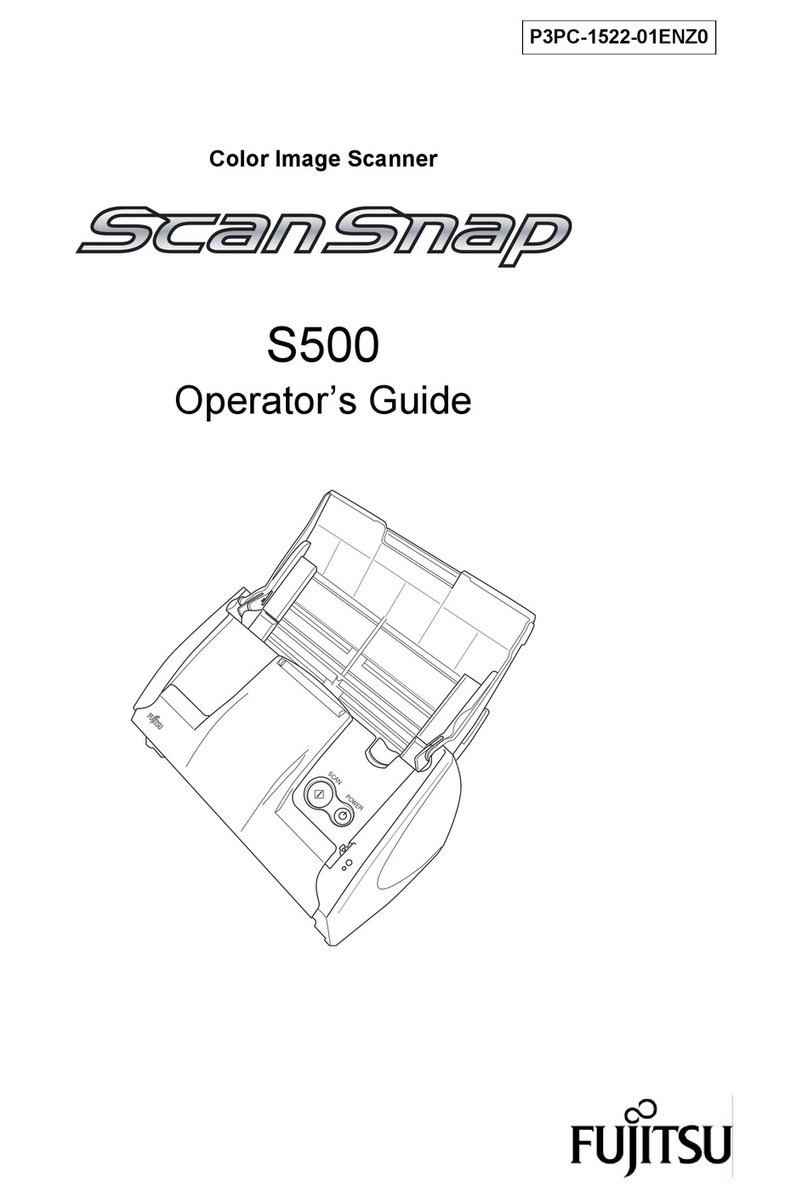
Fujitsu
Fujitsu PA03360-B505 - ScanSnap S500 Operator's guide
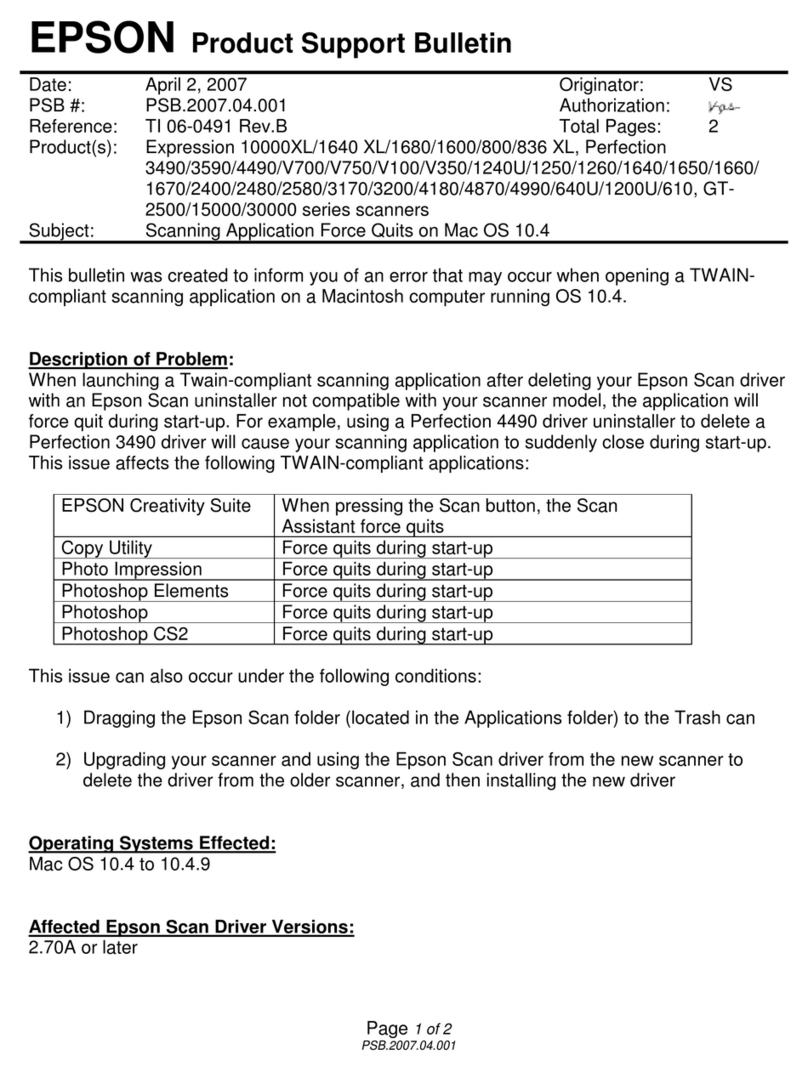
Epson
Epson Perfection 1260 Photo Product support bulletin
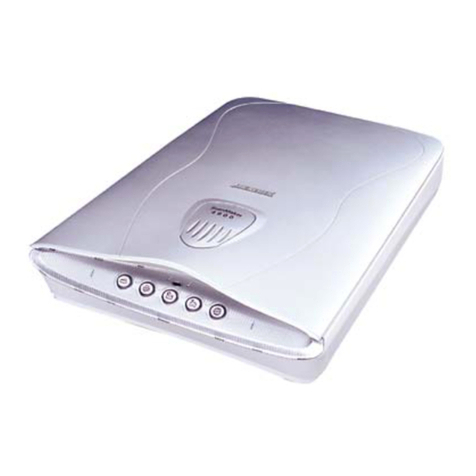
Microtek
Microtek ScanMaker 4800 installation instructions
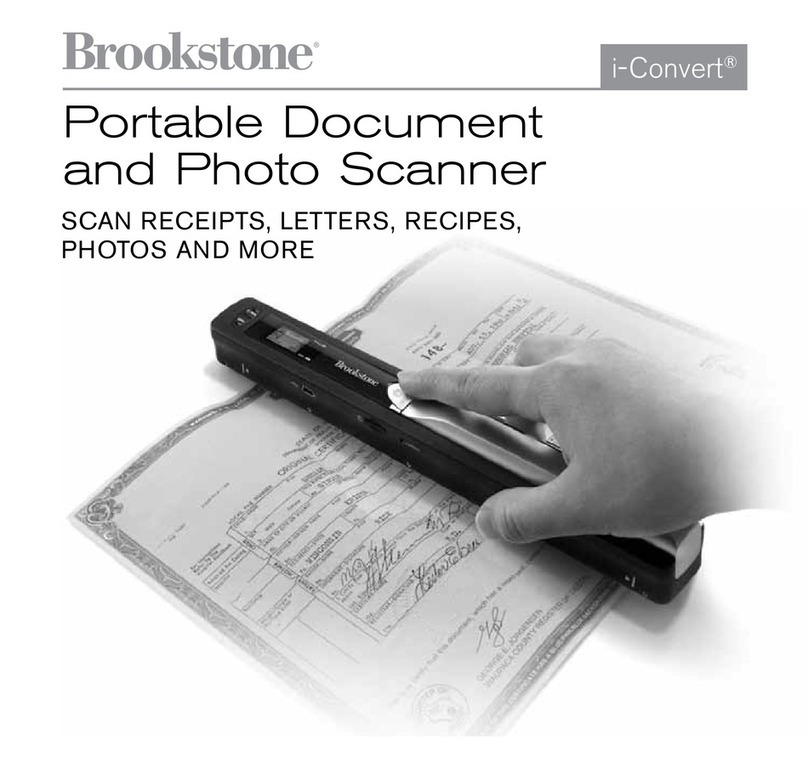
Brookstone
Brookstone iConvert instruction manual
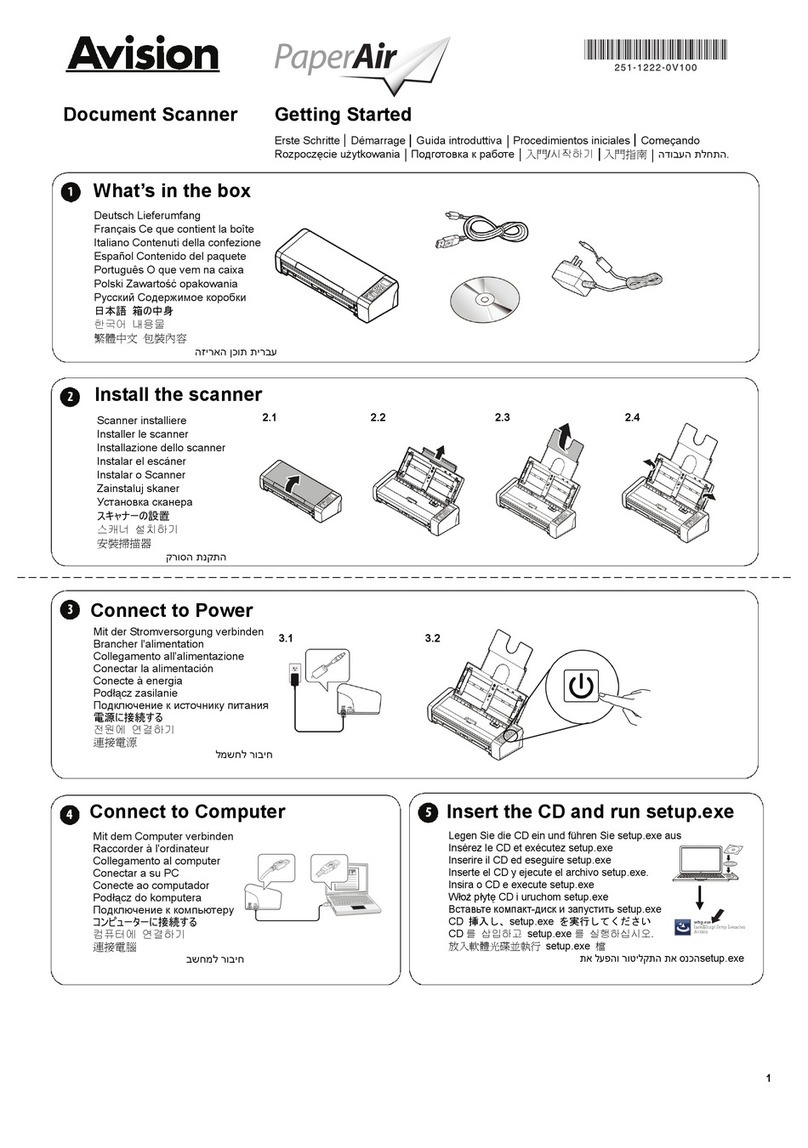
Avision
Avision PaperAir 215 Getting started

